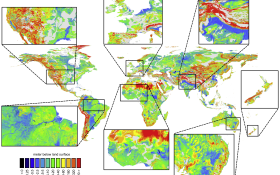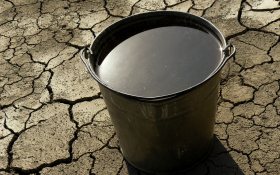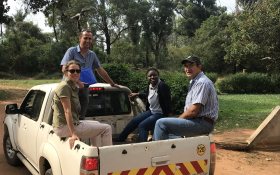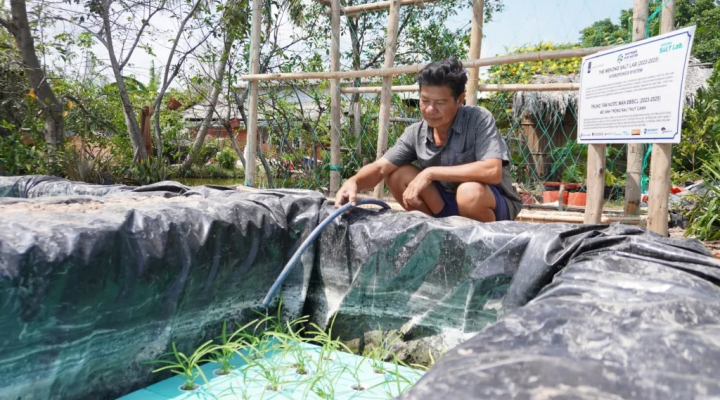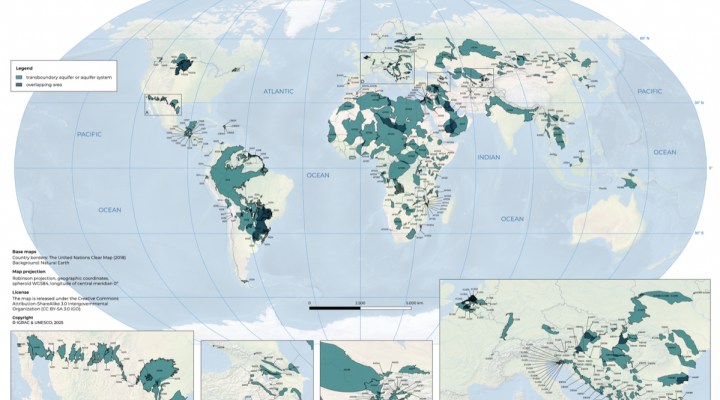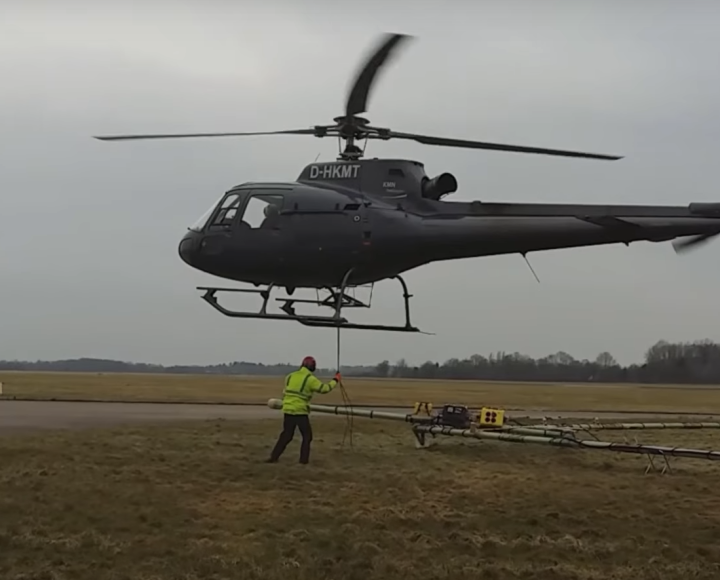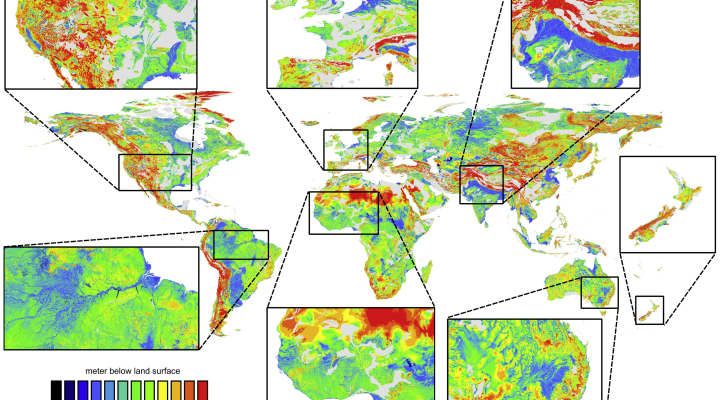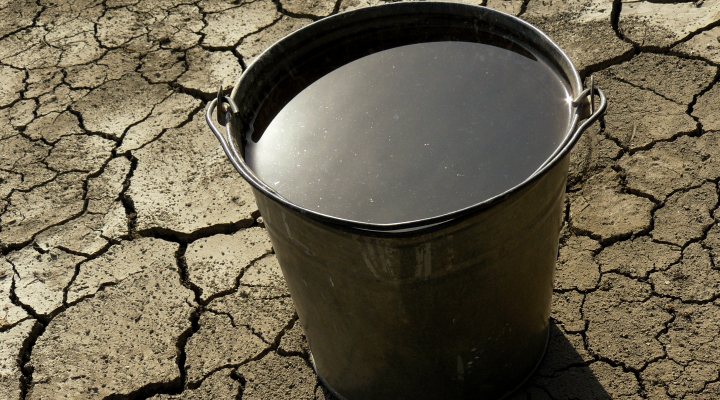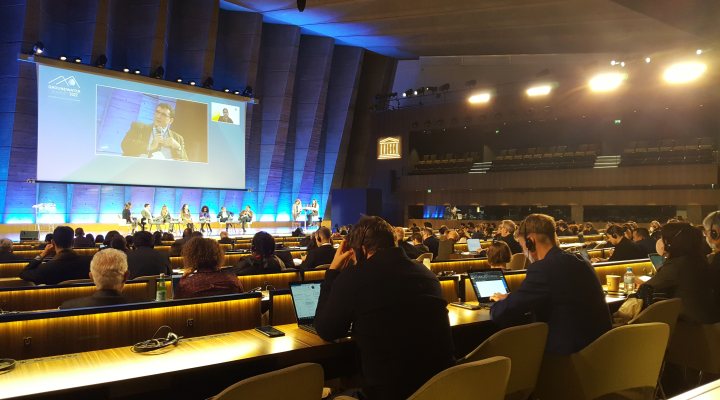Rehabilitation large water reservoirs in Burkina Faso
A consortium led by consultancy firm Witteveen+Bos has been awarded a project to rehabilitate nine large water reservoirs in Burkina Faso. The consortium also includes BERA, Deltares, Netics and Bureau M2.
The first phase of the project is to develop, together with local stakeholders, scenarios for a sustainable use of these reservoirs.
Water availability at risk
Burkina Faso is a relatively flat country where hundreds of water reservoirs have been built in the river basins of the Volta and Niger. These reservoirs store water for the purpose of drinking water, agriculture, industrial activities and fishing.
Siltation, aggravated by land erosion, climate change and an increase in water demand is putting the water availability at risk for millions of people.
Also, due to a lack of maintenance, the dams need to be renovated.
Tensions between herdsmen and farmers
Rehabilitation plans will be developed for nine reservoirs and their catchments in the jurisdictional areas of the Nakambé and Gourma water authorities. The aim of the project is to find out what measures are needed to reach a balance in capturing the river’s inflow, the use of the reservoirs and its discharge.
Because of desertification, herdsmen have lost part of their land for keeping their cattle and move more and more relying to all-year round water reservoirs and their surrounding grazing areas.
The presences of the nomads and their live stocks around the reservoirs, result in social conflicts with the local communities, such as farmers who see their land being destroyed by the cattle.
It is important, therefore, to plan pastoral areas upstream of the reservoirs and establish appropriate management committees and dialogues.
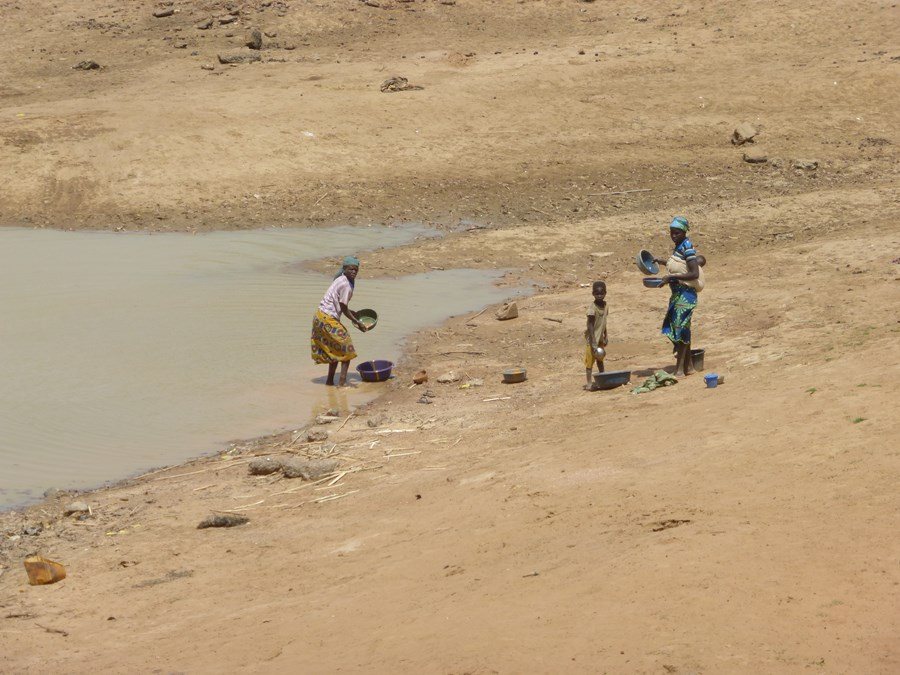

Scenario development
The consortium will develop plans that include land and sediment management measures, that will not only protect the water resources but also the generation income for the local communities.
In the first phase of the project, the current situation in terms of biophysical, social and institutional aspects will be established. In this phase rehabilitation scenarios will be developed together with the local stakeholders which will include sediment management strategies, dam strengthening and dredging to protect and secure the scarce water resources.
In the second phase the developed solutions will be further refined into detailed designs to protect the water resources now and in the future and generate income for the local communities.
The tender documentation for the rehabilitation works will be prepared in phase three.
Engaging all stakeholders
The consortium wants to develop the designs and variants in a process of co-creation with public and private sectors as well as end-users. Topics to be included in the process are finances, voluntary engagement, operations & maintenance, land acquisition, law enforcement, land ownership, pollution, and water and land use.
To ensure an inclusive dialogue between all stakeholders, a stakeholder engagement platform will be initiated.
This platform will be looking for additional benefits, such as the reuse of dredged sediment, energy production – and opportunities to use this energy – as well as increasing the economic productivity of water, sediment and the catchment.
The project duration is two years and is funded by the Netherlands Enterprise Agency (RVO).




